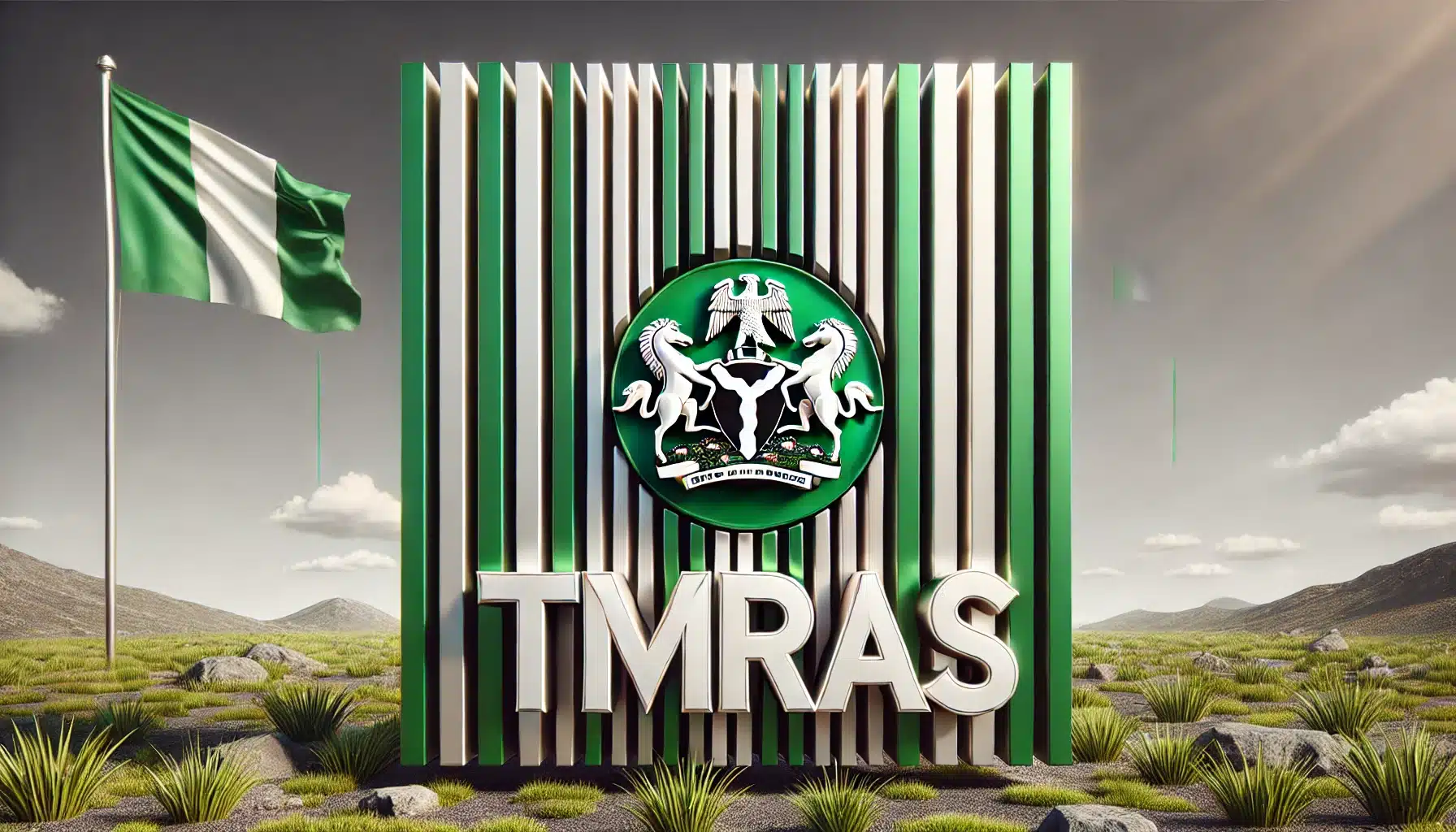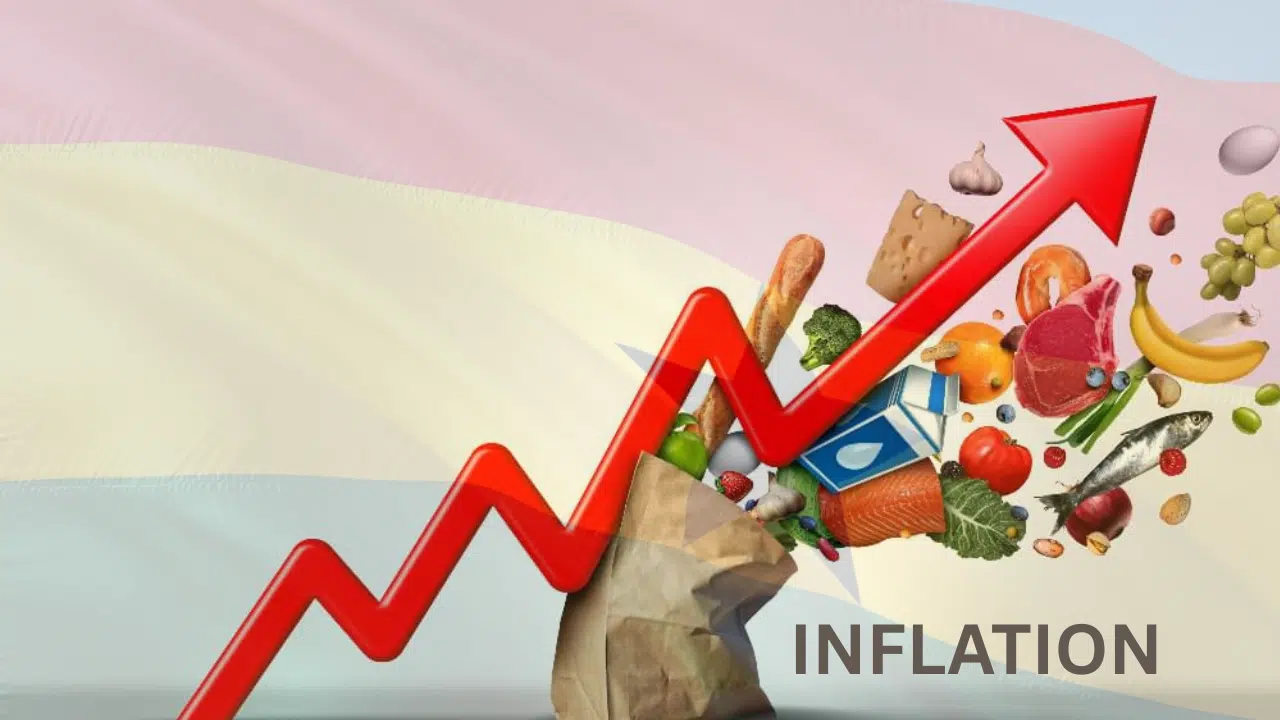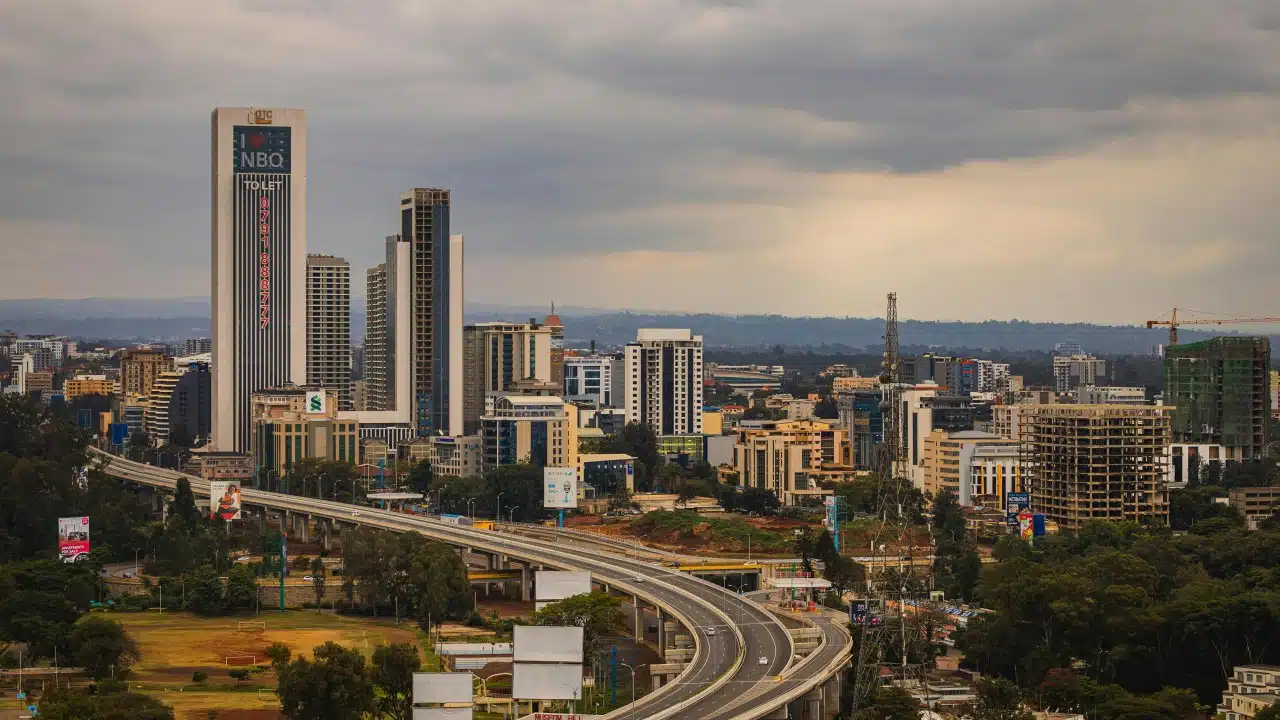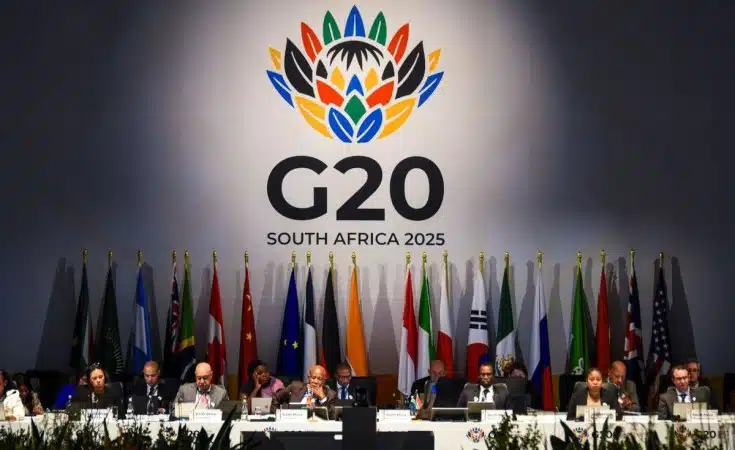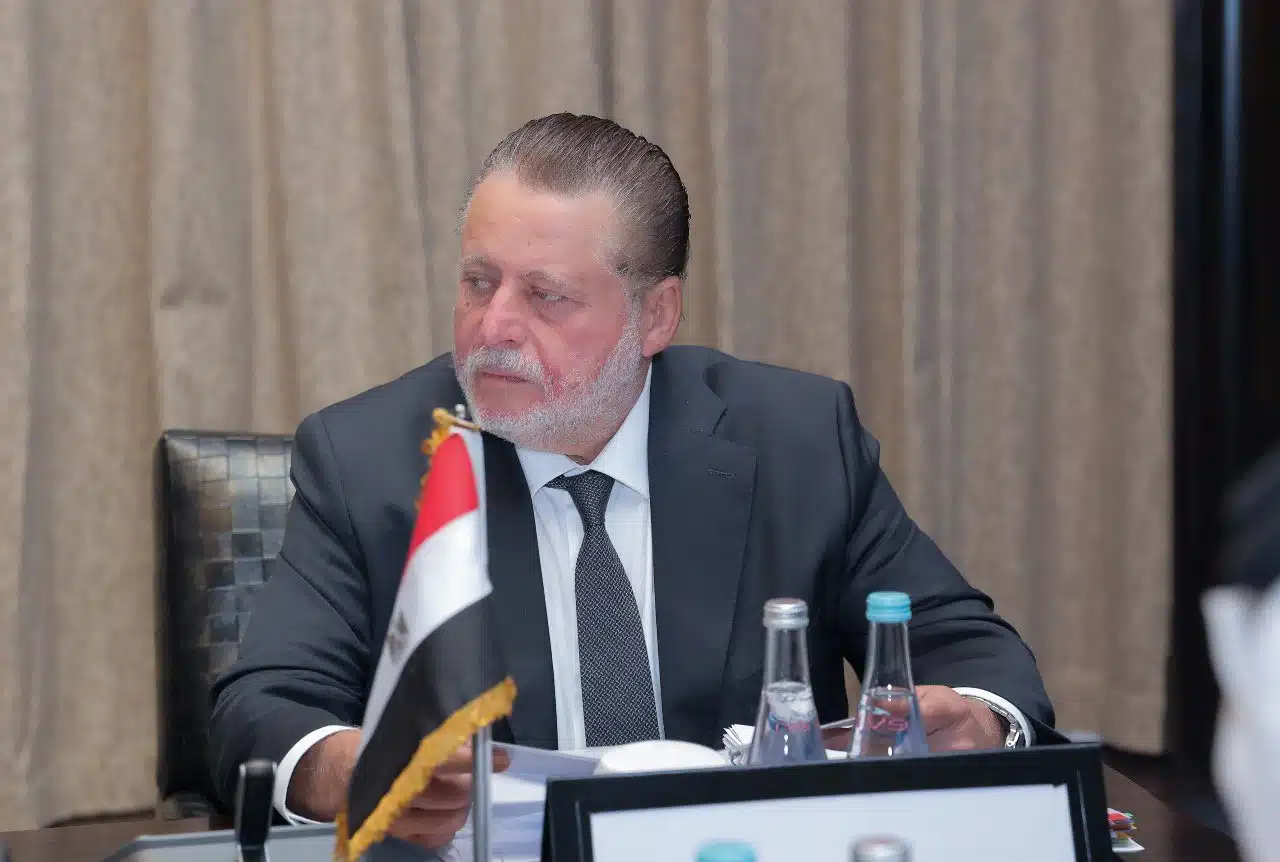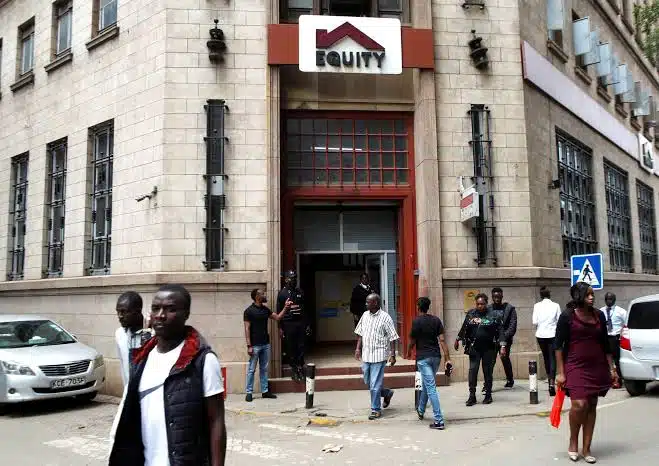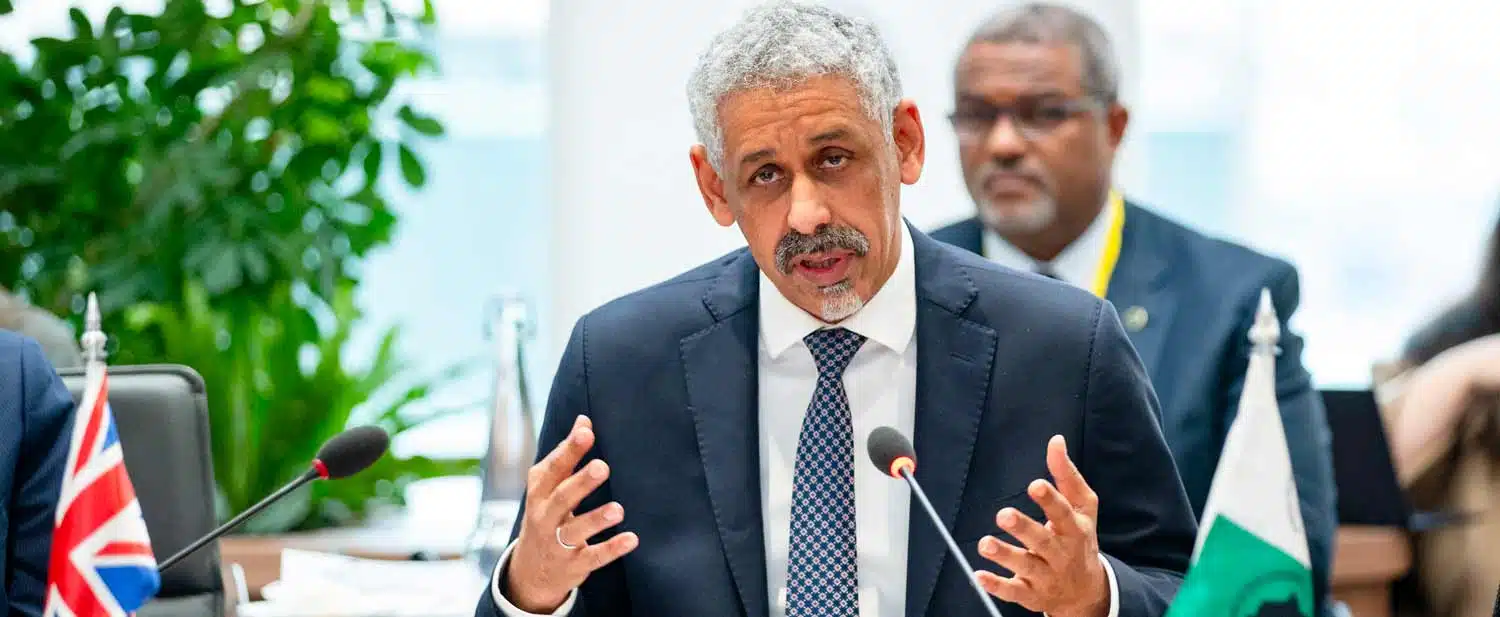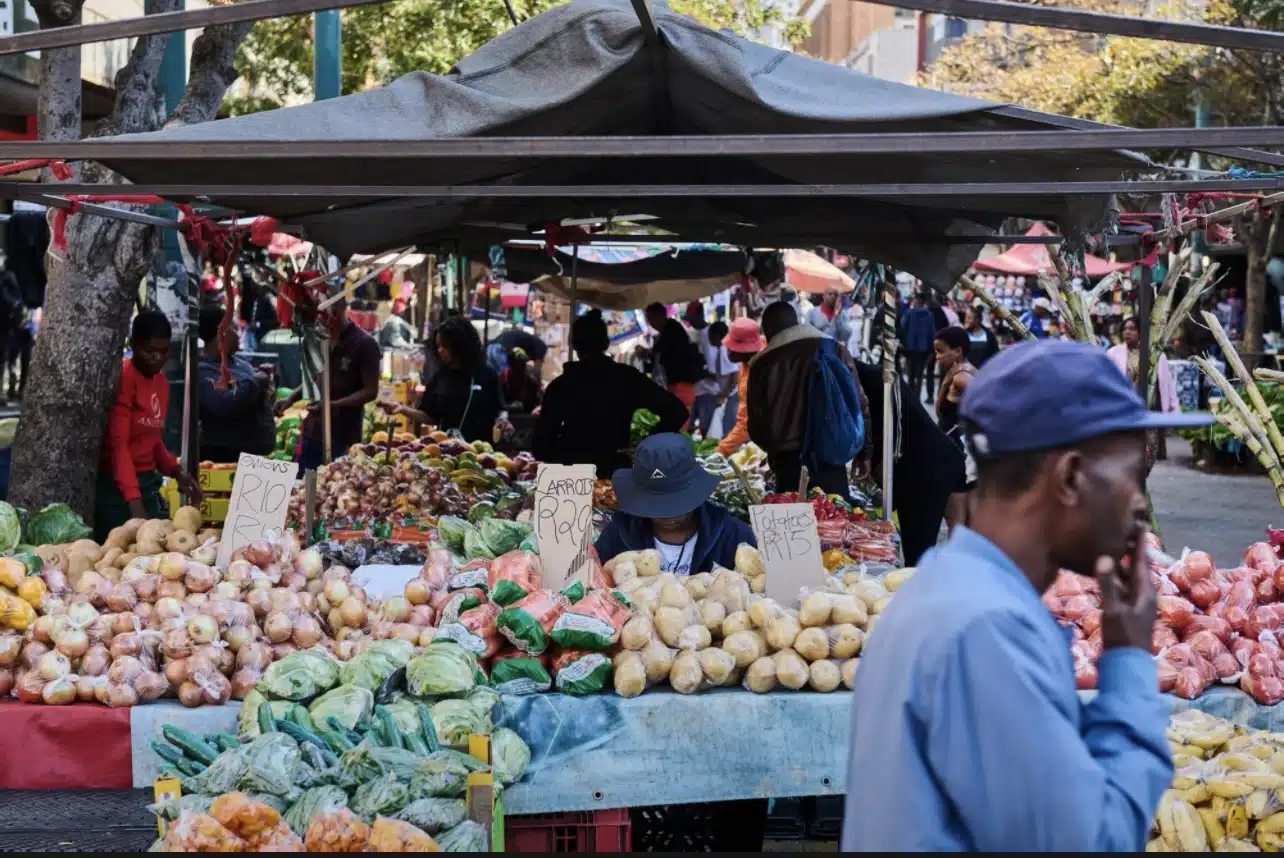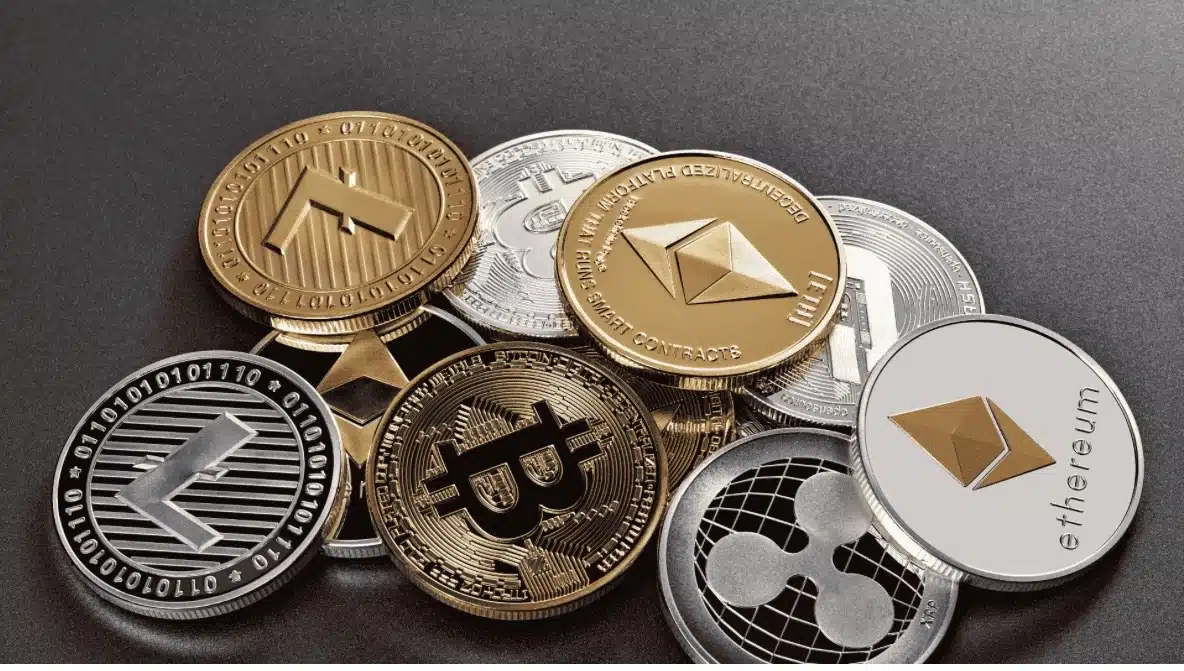On February 28, 2025, the Federal Government of Nigeria (FGN), through the Office of the Accountant General of the Federation (OAGF), announced the adoption of a new revenue collection and distribution platform—the Treasury Management and Revenue Allocation System (TMRAS).
This marked a major shift in public finance operations. Until now, Remita, Nigeria’s indigenous payment platform, served as the official channel for transmitting government revenues to the Treasury Single Account (TSA). With TMRAS, Remita is no longer the sole collection gateway.
By March 4, 2025, the OAGF clarified that Remita had not been discarded. Instead, it will continue to operate as one of several Payment Service Solution Providers (PSSPs) licensed by the Central Bank of Nigeria (CBN) to collect revenue for the government.
To help you understand what this means for MDAs, businesses, banks, and taxpayers, here are 8 key questions answered:
What is the Treasury Single Account (TSA)?
The Treasury Single Account (TSA) is a centralised account used to collect all government revenues, incomes, and inflows into one unified system. Introduced by the CBN on September 15, 2015, the TSA was designed to curb revenue leakages and ensure the transparent management of public funds.
Before the TSA, the government operated over 30,000 accounts across various commercial banks. The TSA consolidated these into one account, accessible only to MDAs through the approval of the OAGF.
Previously, payments into the TSA could only be made through Remita using a unique 12-digit Remita Retrieval Reference (RRR) number. Now, more payment gateways will be enabled under the new system.
What is the Treasury Management and Revenue Allocation System (TMRAS)?
TMRAS is a comprehensive system created by the President and Minister of Finance to automate the collection, distribution, and monitoring of government revenue.
It streamlines revenue flows by automatically deducting applicable taxes and the FGN’s 50% share of internally generated revenue from MDAs, before releasing funds to MDAs or vendors.
While Remita will remain as one of several collection platforms, TMRAS becomes the central hub for oversight, disbursement, and reconciliation.
The goal: a fully automated system that reduces manual processes, eliminates leakages, and enhances accountability in public finance.
What is Remita’s history in government revenue collection?
Before 2015, revenue collection was mostly manual. Agencies collected funds and were expected to remit them—a process prone to inefficiencies.
Remita, built by Nigeria’s SystemSpecs in 2005, was adopted by the CBN in 2015 as the central collection platform for the TSA. It enabled the federal government to gain real-time visibility of its revenues for the first time.
Remita is integrated with all commercial banks and over 500 microfinance institutions. It charges no processing fee to users, but a ₦150.00 service fee—shared between Remita, banks, and switching companies—is applied per transaction.
Though it faced a Senate probe in 2016 over its fee structure, SystemSpecs was cleared of any wrongdoing.
How does TMRAS actually work?
TMRAS is not a payment gateway like Remita. Think of it as a central monitoring and control system that sits above all revenue collectors.
Here’s how it works:
- You make a payment through a licensed PSSP.
- TMRAS automatically deducts relevant taxes (VAT, WHT, Stamp Duty).
- It checks the MDA’s budget to ensure the transaction is authorised.
- Funds are then disbursed to the appropriate party (vendor or MDA).
TMRAS ensures real-time access to financial data, reconciles bank statements, and enforces compliance with approved budgets. While Remita continues collecting revenue, it now functions alongside other PSSPs within the TMRAS ecosystem.
Why did the government introduce TMRAS?
Remita was focused on collection; TMRAS goes beyond that.
TMRAS allows multiple PSSPs to collect government revenue, reducing dependency on a single provider. It also automates previously manual tax deductions and links disbursements directly to approved budgets.
With TMRAS, MDAs no longer need to file separate requests for funds. Budgeted allocations are managed and disbursed directly within the system
What are the benefits of TMRAS over Remita?
Automation: Taxes (VAT, WHT, Stamp Duty) are deducted automatically.
- Automation: Taxes (VAT, WHT, Stamp Duty) are deducted automatically.
- Transparency: Real-time monitoring of all inflows and outflows.
- Budget control: MDAs can only spend within approved limits.
- Competition: Multiple PSSPs can now be licensed by the CBN.
- Oversight: The federal government fully controls the front end of the platform rather than relying on a private provider.
TMRAS consolidates fiscal processes—collection, deduction, budget monitoring—into a single platform.
What does this mean for MDAs, businesses, and banks?
For MDAs:
- Vendor payments will now go through TMRAS, which deducts taxes automatically.
- Vendors must register with the Federal Inland Revenue Service (FIRS).
- MDAs must integrate their Existing Financial Systems (EFS) with TMRAS for seamless budget tracking and reconciliation.
- Spending must strictly align with approved budgets, including Special Accounts.
For businesses and banks:
- More flexibility in choosing which PSSP to use for government payments.
- All PSSPs must be licensed by the CBN and integrated into the TMRAS framework.
How will the transition work? Are disruptions expected?
A two-phase rollout has been announced:
- Phase 1 (from March 4, 2025):
Covers naira-denominated payments, automatic tax deductions, and financial oversight.
- Phase 2 (from June 1, 2025):
Adds forex transactions, integration with MDA ERP systems, and enables budget modules for non-budgetary MDAs.
For the next two months, Remita will continue functioning as a payment gateway. MDAs can begin accessing TMRAS using their Remita credentials via the OAGF portal.
Training sessions for MDAs will also be conducted.

